As a young man, my father was a homesteader who raised root vegetables to sell at the town fresh market. Even when the harvest was plentiful, there were always misshapen carrots, not attractive enough to appeal to what he called “picky city folk.”
Dad stashed most of the rejects in the root cellar, to make sure we’d have fresh produce during the winter months. However, he always reserved several baskets of culled carrots and parsnips to craft two or three batches of “Carl’s Famous Country Carrot Wine.”
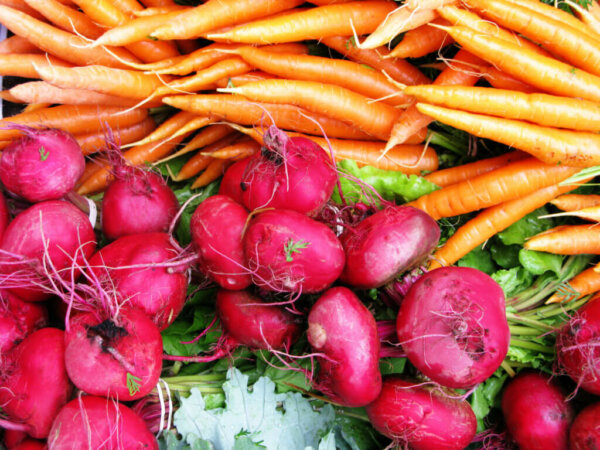
Carrot wine is a delightful and vintage gift to give to family and friends while putting the rest up to age in anticipation of a milestone event. While carrots are naturally sweet, they lack acid. Lemons and oranges are used to provide the necessary acidity. Try this recipe to craft a wine that’s rich in taste and golden in color.
A Note On The Purpose Of The Ingredients
- Sugar – to produce alcohol
- Raisins – adds essential vinous quality
- Bananas – give the wine body
- Lemon and Orange Peel – supplies citric acid, essential to quality wine production
- Strong Black Tea – an excellent source of tannin to give the wine a bit of a bite when used in addition to the tannins found in the raisins
- General Purpose Yeast – It is imperative that G. P. yeast is used. Bakers or brewing yeast will not ferment out the sugar.
- Enzyme and Nutrient – While not essential, they improve the quality and clarity of the wine.
Wine Making Tools
Most of the tools and utensils you will need for winemaking are likely already in your cupboard. You can probably buy the rest from online winemaking supply stores, your neighborhood hardware store, or a home brewing supply center.
Essential tools include:
- Paring knife
- Measuring cup
- Measuring spoons
- Chopping block
- Ceramic crocks
- Gallon glass jugs
- 6-gallon glass carboy
- Siphon hose for transferring wine
- Fermentation bucket or tub
- Cheesecloth
- Wooden ladle
- Enamel Stockpot
- Glass wine bottles
- Airlocks to seal fermentation carboy
- Racking Cane
- Hydrometer to measure fermentation and alcohol content
Carrot Wine Recipe
Ingredients
- 5 lbs. fresh carrots (parsnips may be used for a sweeter wine)
- 2 1/2 lbs. sugar
- 2 ripe bananas
- 2 lemons
- 2 oranges
- 1 lb. sultans (golden raisins)
- 1 c. strong black tea made with loose-leaf tea
- general purpose wine yeast
- enzyme and nutrient
- water
Directions
- Scrub the carrots and chop in small ¼ inch pieces.
- Use a large enamel stockpot to bring 1 gallon of water to a boil. Add the carrots and bring the water back to a boil.
- Reduce temperature and simmer until tender. The water will have taken on an orange/brown color. Remove from heat.
- Stir in the sugar, raisins, and zest from the rind of lemons and oranges. Mix well.
- Allow mixture to cool until lukewarm then add the juice of the lemons and oranges, yeast, and yeast nutrient.
- Transfer wine mixture to a 5-gallon ceramic crock or food grade plastic bucket.
- Mix well, allowing fermentation in a warm place for at least a week – covered with cheesecloth to keep fruit flies and wild yeasts off.
- Strain the mixture into a demijohn, adding a fermentation lock.
- Strain, then rack when wine clears. Add water to the neck of the demijohn. Leave until fermentation ceases, then rack again.
- Store in a dark, cool place for a couple of months and then rack again and bottle.
The recipe makes approximately 1 ½ to 2 gallons of wine. Carrot wine is not a quick wine. The flavors will have developed nicely after a year, but it’s better after 2-5 years—if you have the patience to wait.
Uncle Harvey’s Best Beet Wine Ever
Although carrot/parsnip wine was a family favorite, Uncle Harvey’s Beet Wine was a treat everyone looked forward to at Thanksgiving.
https://www.instagram.com/p/1tRYPbGmKA/?tagged=beetwine
Since the family farm produced an abundance of beets, Harvey always made several batches of the tasty libation and would sip a couple of glasses daily from Thanksgiving through Saint Patrick’s Day.
He always made sure to note that the wine helped him maintain his positive attitude and joyful mood through the long, dark days of a prairie winter.
Ingredients
- 3 lbs. beets
- 1 lb. golden raisins
- 2 ½ lbs. white cane sugar
- 1 g. water
- 1 package wine yeast
- 1 campden tablet
- 1 tsp. nutrient
- 2 tsp. acid Blend
- 1 c. black tea
Instructions
- Carefully wash the beets, removing root, top, and surface soil.
- Cut beets into small half-inch pieces.
- Place the beet pieces and raisins in a cotton bag or lightweight cotton dishtowel secured with a rubber band.
- Boil the beets in two quarts of water until soft and tender.
- Place sugar in a large glass bowl.
- Pour the hot beet liquid over the sugar and mix well.
- Place cloth bag with beet/raisin pulp in fermenter and stir in remaining 2 quarts of cold water.
- Add remaining ingredients with the exception of the yeast. Stir thoroughly.
- Wait 24 hours before adding yeast.
- Allow mixture to ferment until specific gravity (SG) is 1.040
- Strain liquid, squeezing liquid from the bag of beet/raisin pulp.
- Pour into glass gallon jugs and attach fermentation locks.
- When the wine mixture’s SG reaches 1.000, you are ready to rack into sterile glass secondary containers. Store in a cool, dark place. Allow wine to mellow and age for up to 36 months before decanting.
Patience is required, but it’s worth the wait. The result is a rich and flavorful wine, not too sweet, and not too tart. The color of the wine is a dark ruby red. It takes time to make really fine wine. Time used wisely, allows the wine to age slowly to a smooth and mellow vintage you will be proud to share with family and friends.
Tasty Turnip Banana Wine
Young and tender turnips or rutabagas straight from the garden can produce a lovely light colored wine, perfect for pairing with cheese, fruit, or nuts. For this recipe, you may use all white and purple turnips, or young rutabagas, also known as yellow turnips, or a mixture of both.
https://www.instagram.com/p/BZeOhR9hRR5/?tagged=bananawine
Use your imagination with this recipe. Try substituting tangerines for oranges, cranberries for raisins, grapefruit for lime, or honey for sugar. The best homemade root wines are a product of experimentation, using any combination of root vegetable, sugar, citrus, wine yeast, water, and yeast nutrient.
Try flavoring homemade wines with a pinch of fresh garden herbs. Fresh thyme, rosemary, and lavender, when used in moderation, can add a distinctive flavor burst to most light homemade wines.
Ingredients
- 3 lbs. turnips
- 3 lbs. rutabagas
- 3 oranges
- 3 lemons
- 2 ripe bananas
- 1 lb. sultan or golden raisins
- 1 lime
- 25 lbs. white granulated sugar
- 1 g. water
- 1 tsp. yeast nutrient
- 1 package wine yeast
- 6 bruised black peppercorns
Instructions
- Scrub turnips and rutabagas, removing top greenery and root. Cut vegetables into thin slices and boil until soft.
- Mash bananas and add to the hot mixture.
- Pour granulated sugar into the fermentation tank, bucket, or ceramic crock and strain the liquid over it, stirring well with a wooden ladle until all sugar dissolves. Allow liquid to cool.
- When liquid cools, it’s time to add the citrus fruit, raisins and wine yeast. Stir well.
- Cover crock or fermentation bucket with cheesecloth secured with a heavy rubber band or bungee cord to keep gnats and fruit flies out of the fermenting mixture.
- Allow mixture to mellow for 5-7 days in a warm, dark place, stirring daily.
- Slowly strain the wine mixture through the cheesecloth.
- Place strained liquid into demijohn glass jar and attach an airlock to seal the jar.
- Once the wine stabilizes and clears, siphon into sterilized glass bottles.
- Allow turnip/rutabaga wine to age. Avoid sampling until the brew is 24 months old.
Sip, Savor, Enjoy!
Making wine at home can be a fun and rewarding hobby. If you’ve ever tried bad homemade wine, you may have experienced an off-putting, unforgettable, unpalatable taste. That’s too bad, because homemade wine can be very, very good if you carefully follow directions and know a bit about how to go about it.
Homesteading is all about self-sufficiency, the pursuit of optimum health, and being a good steward of our finances. Making wine at home saves money while providing the satisfaction of knowing you made it yourself with the harvest from your homestead garden.
You can take pride in knowing that your homemade wine is organic and natural, never filtered through asbestos, and free of glycerol, sorbates, and sulfur dioxide commonly found in commercially produced wines.
References
- Growing Carrots and Parsnips In The Home Garden, University of Minnesota Extension
- Veggies — More Matters, Healthy SC
- Alcohol — Wine Facts, United States Treasury



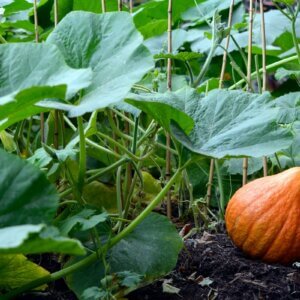
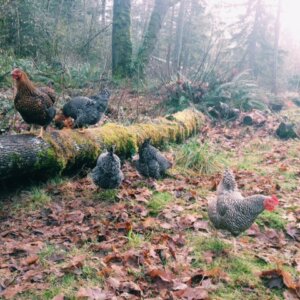

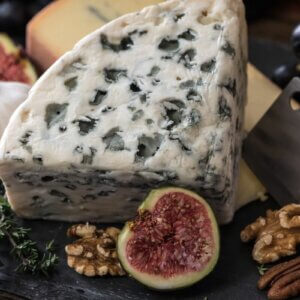


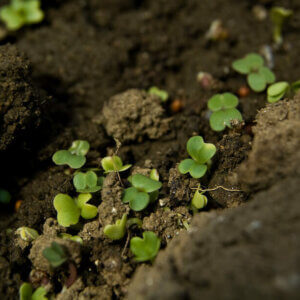


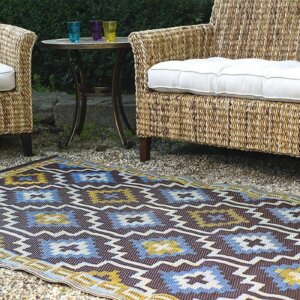
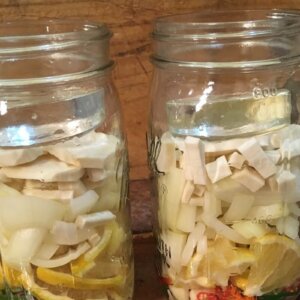
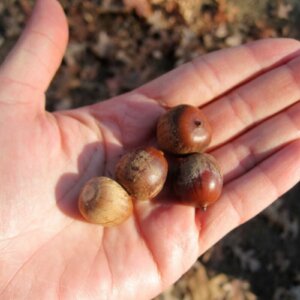
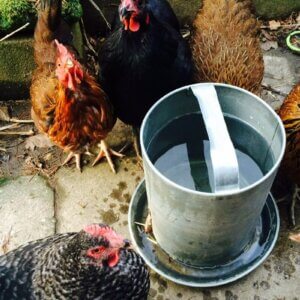


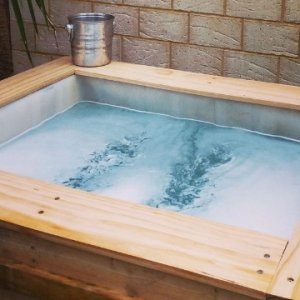
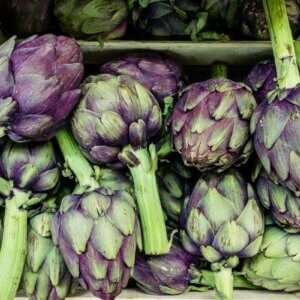








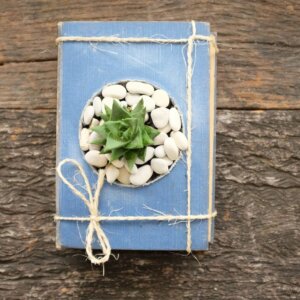
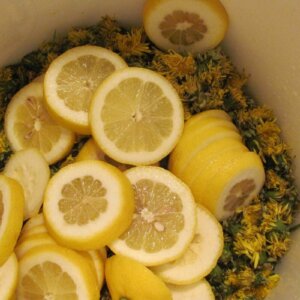



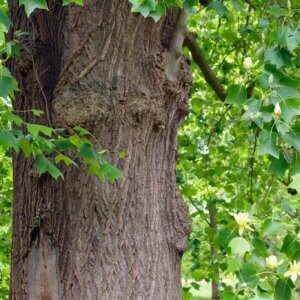
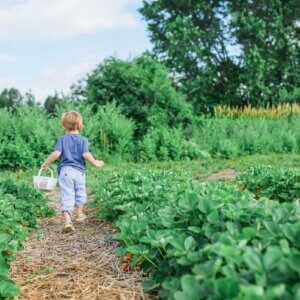
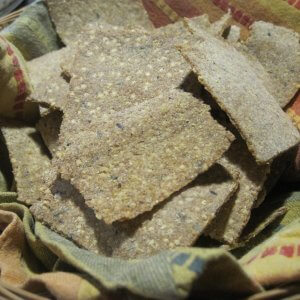
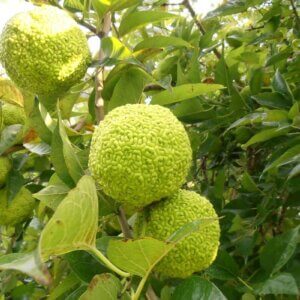




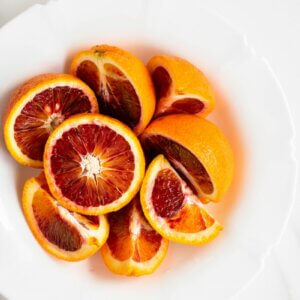
Leave a Reply